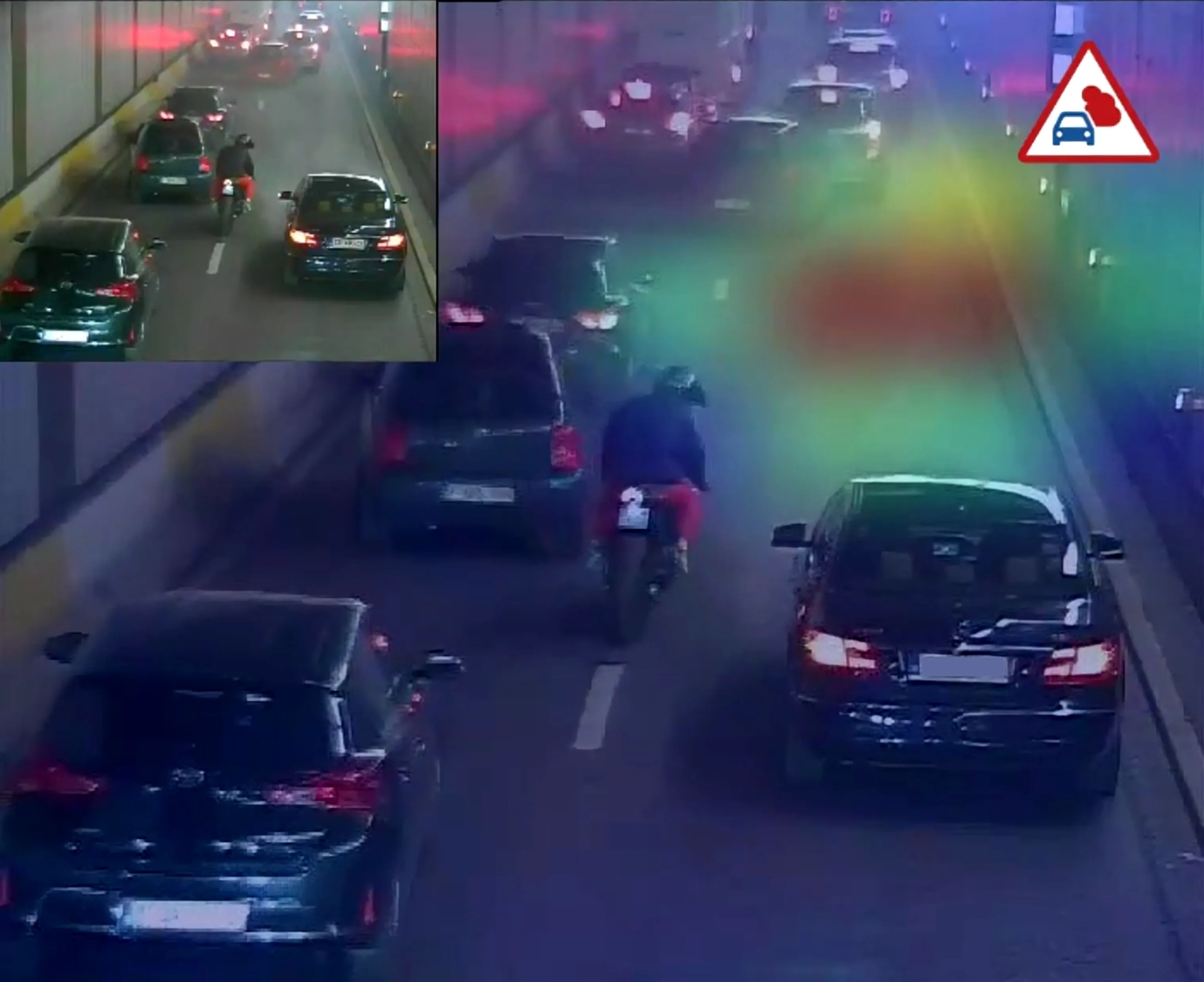AGD Systems’ 924 and 924R LED wait indicator solution provides UK local authorities with the means to upgrade pedestrian crossing wait indicator bulb units to the latest high intensity LED technology, as traditional filament light bulbs are gradually phased out, AGD can provide a cost effective retrofit LED kit or a complete.
Delivering power savings of up to 80 per cent over existing lamp-based units, AGD’s 924 and 924R retrofit kits are easy to install and fully compatible with all main industry cont
February 28, 2014
Read time: 2 mins
Delivering power savings of up to 80 per cent over existing lamp-based units, AGD’s 924 and 924R retrofit kits are easy to install and fully compatible with all main industry controllers, providing high signal reliability, uniformity and first-class optical performance. In addition, Elexon charge codes are available to enable local authorities to manage and monitor energy consumption effectively. According to AGD, a typical installation of one hundred 924 LED wait units will save a local authority 25 tonnes of carbon dioxide emissions over a five year period compared with a traditional bulb unit.
The full suite of product options on the 924 includes: dual legend for use in traditional intersection applications; the triple legend for Pelican applications and Toucan legends; and the Toucan legend for deployment in cycle and Toucan applications.
AGD managing director Pete Hutchinson says: “Making simple changes can make significant inroads in reducing local authorities’ carbon emissions. The 924 can be installed very quickly and painlessly to cut energy consumption and the superior life span of LED’s over traditional incandescent bulbs means that maintenance costs are also dramatically reduced.”









